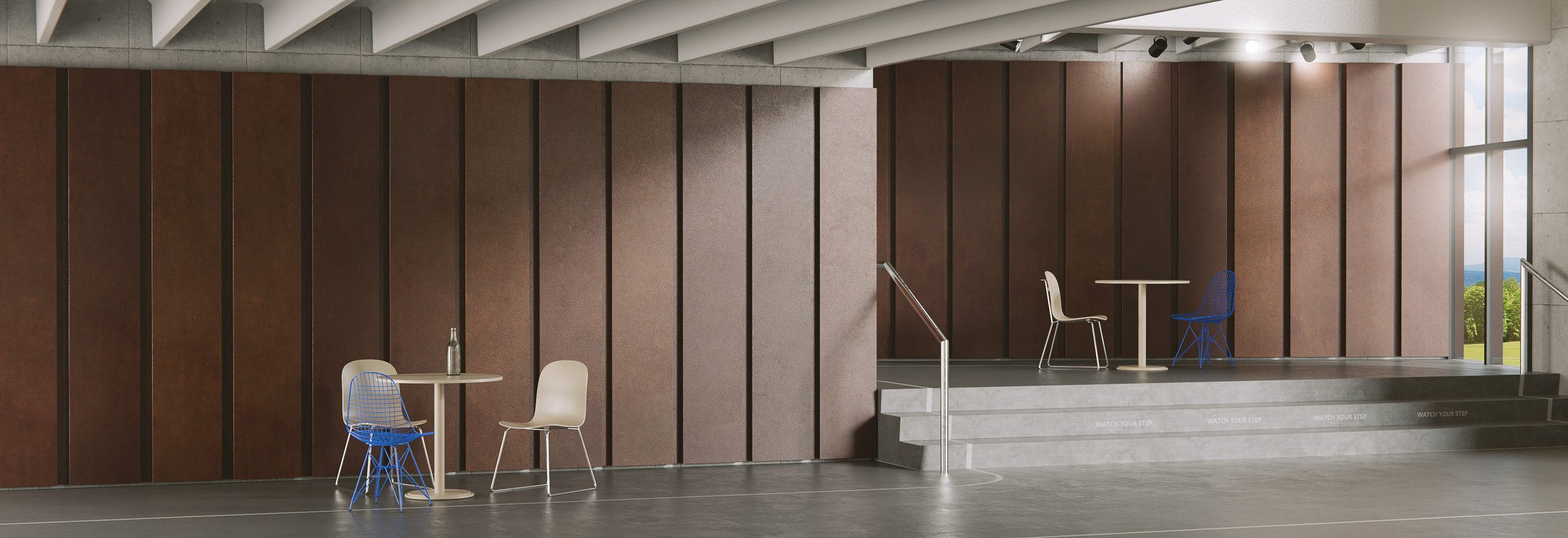
Moda™
Modular Wall Panel System
Zahner craftsmanship for affordable, modular designs.
Get ready-to-install with one of Zahner’s Standard Products or Versatile Systems — or purchase Solanum in sheets.

Modular Wall Panel System
Zahner craftsmanship for affordable, modular designs.

Where modular design meets metal craftsmanship. Create unique wall effects and interesting spaces with Moda’s clean, modern, and flexible metal panels.